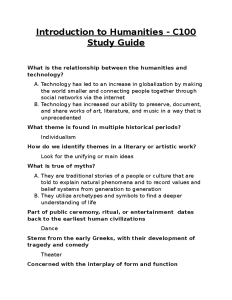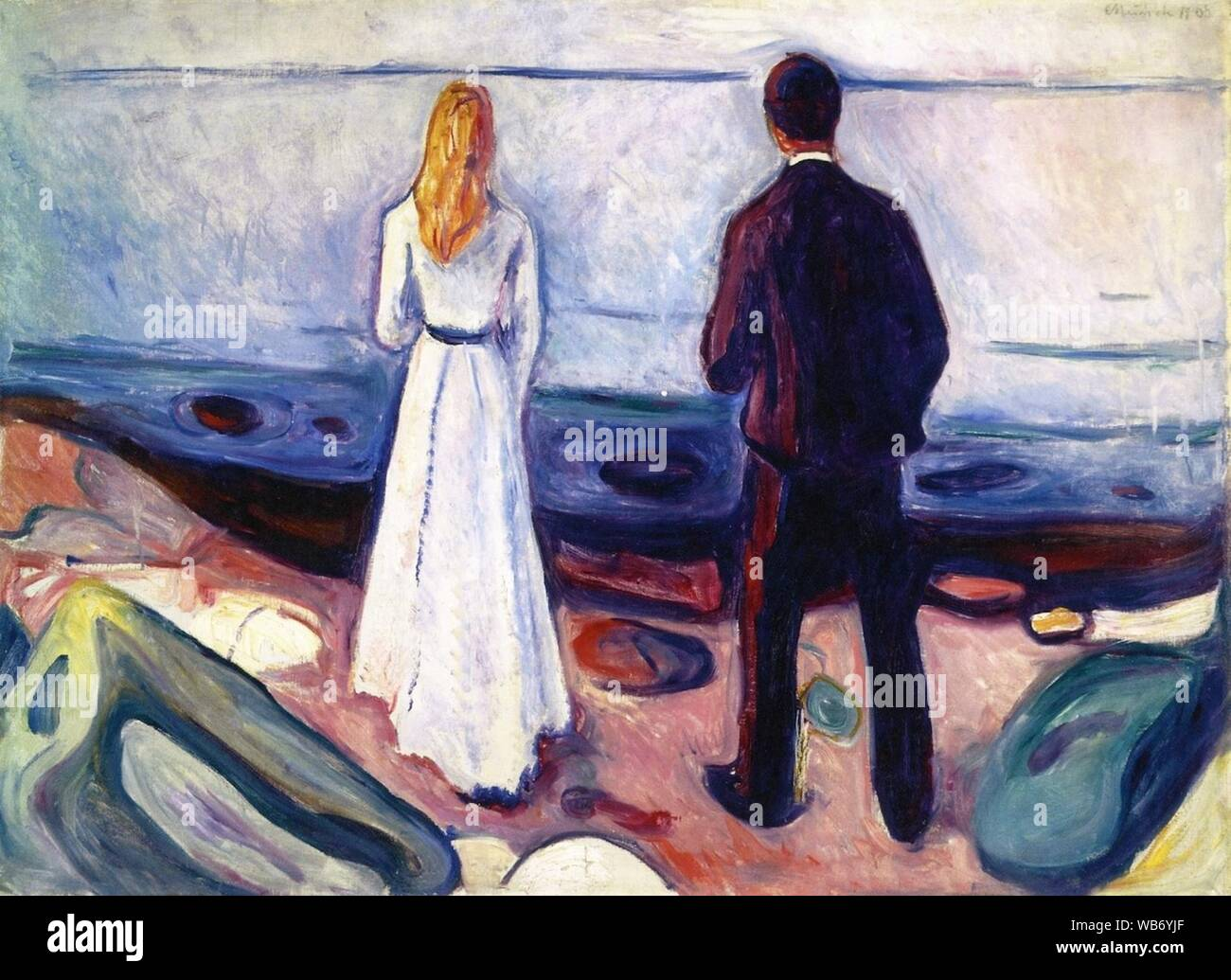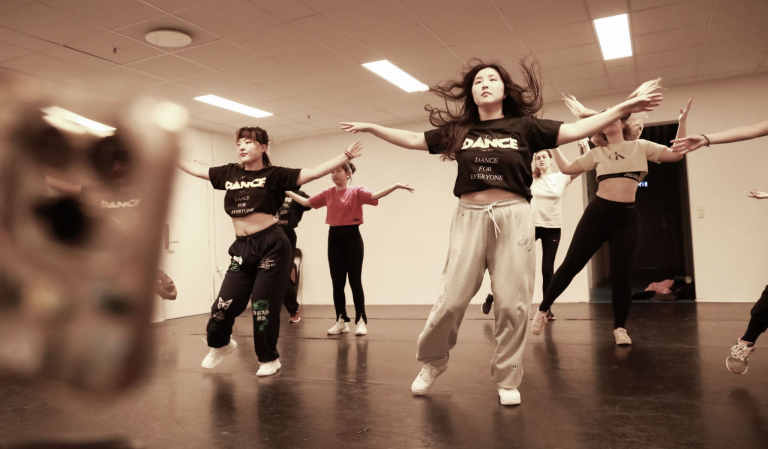Edvard Munch’s captivating piece, “Two Human Beings (The Lonely Ones),” offers a profound insight into the themes of isolation and connection that resonate throughout his art. Painted between 1906 and 1908, this significant artwork is currently displayed at the Harvard Art Museums, where it serves as a centerpiece of the exhibition exploring the intricacies of Munch’s art techniques. The painting depicts a man and a woman standing together at the shoreline, seemingly connected yet profoundly isolated, encapsulating a universal sense of loneliness. Munch’s ongoing exploration of this motif over 40 years led to various iterations, each displaying unique color palettes and techniques that highlight his innovative approach. As art enthusiasts delve into the emotional landscape of Munch’s work, they uncover layers of meaning that challenge the initial perceptions of solitude in the “Two Human Beings” painting.
In the realm of modern art, Edvard Munch’s “Two Human Beings” stands as a powerful representation of human emotion and connection. This artwork, also known as “The Lonely Ones,” showcases the dynamic between two figures at the edge of the sea, inviting viewers to reflect on the themes of togetherness and separation. Through Munch’s diverse artistic methods, including his distinctive printmaking styles, the exhibition at the Harvard Art Museums emphasizes the significance of his creative processes. By manipulating color and form, Munch not only illustrates isolation in art but also invites a deeper understanding of companionship amidst solitude. The exploration of such complex emotional states makes Munch’s work an enduring source of fascination in the art world.
Exploring Edvard Munch’s ‘Two Human Beings’
Edvard Munch’s painting ‘Two Human Beings (The Lonely Ones)’ captures the essence of human isolation beautifully. Created in the late 1900s, this piece depicts a man and a woman standing at a shoreline, gazing away from the viewer, hinting at the emotional distance between them despite being side by side. The painting compels the viewer to contemplate the context of Munch’s era, reflecting societal notions of isolation and connection. It serves as a focal point in Munch’s broader exploration of human emotions, making it an essential subject for art historians.
The recurring motif of ‘Two Human Beings’ demonstrates Munch’s artistic evolution over four decades. Each iteration showcases different techniques and styles, either embracing vibrant colors or embracing a more monochromatic palette. This exploration through multiple mediums, such as etching and woodblock prints, reveals how deeply Munch was engaged with the concepts of companionship and solitude, really showcasing his mastery of blending technique and theme.
Artistic Techniques Behind ‘Two Human Beings’
Munch employed various innovative techniques in ‘Two Human Beings’ that showcase his ability to challenge traditional art norms. By leaving parts of the canvas untouched and playing with different textures, he added a sense of dynamism to the painting that evokes emotional responses from the viewer. Curators at the Harvard Art Museums highlight that Munch’s deliberate imperfections, such as the bare patches and unfinished sketch lines, contribute to the piece’s aesthetic and conceptual depth. This exploration of technique ultimately leads to a richer understanding of Munch’s artistic identity.
The diverse printmaking methods, particularly the use of woodblocks, further reveal Munch’s creative process. Each component of the figures in ‘Two Human Beings’ was crafted separately, allowing Munch to experiment with colors and forms. The transformation of these figures through printmaking showcases the artist’s innovative approach to contemporary themes of human connection and isolation. Munch’s technique not only emphasizes physical distance but also metaphorically explores emotional and psychological landscapes.
Isolation and Companionship in Munch’s Work
Isolation is a prevalent theme in many of Edvard Munch’s artworks, with ‘Two Human Beings’ standing as a quintessential representation of this concept. The figures in the painting exist in a shared space yet embody profound loneliness, sparking discussions about the human condition. Munch’s exploration of isolation resonates with audiences, inviting them to reflect on their own experiences of connection and disconnection. This duality of existence—being both together and apart—challenges viewers to reconsider interpretations of companionship in the face of loneliness.
Interestingly, recent analyses of Munch’s work, particularly his portrayal of ‘Two Human Beings,’ suggest nuanced interpretations beyond mere loneliness. While Munch initially embraced loneliness as a key theme, his later reflections indicate that the figures may also symbolize a form of companionship, intimating that even in solitude, there exists a bond. This layered interpretation encourages viewers to engage with the artwork more deeply, finding comfort and companionship amidst the seeming isolation.
The Significance of ‘Two Human Beings’ in Munch’s Artistic Journey
‘Two Human Beings’ represents a turning point in Edvard Munch’s artistic journey, encapsulating his ongoing exploration of human emotions. Throughout his career, Munch returned to this motif, making it a recurring theme in his works. Each version of the painting reveals insights into his artistic evolution, techniques, and personal experiences, offering viewers a glimpse of how art can reflect life’s complexities. The significance of this painting within Munch’s oeuvre cannot be overstated, as it provides critical context for understanding his approach to themes of love, loss, and isolation.
The Harvard Art Museums exhibition emphasizes the transformative nature of Munch’s work, highlighting how revisiting ‘Two Human Beings’ served as a vehicle for artistic exploration. Within each iteration lies a new interpretation, each colored by Munch’s evolving perspective on isolation and interpersonal relationships. This ongoing engagement enables a richer understanding of Munch as not only a painter but as a philosopher within his artistic expression, making ‘Two Human Beings’ a cornerstone of his legacy.
Munch’s Legacy and Influence on Modern Art
Edvard Munch’s impact on modern art is profound, often being recognized as a precursor to Expressionism. His works, particularly famed pieces like ‘Two Human Beings,’ influenced countless artists who sought to represent psychological and emotional experiences. Notably, his exploration of isolation and human connection paved the way for future movements that would bear similar themes, demonstrating the relevance of Munch’s work across generations. This influence is still felt today, as artists continue to navigate similar emotional landscapes.
The interplay of technique and emotion in Munch’s work, such as in ‘Two Human Beings,’ highlights the transformative power of art. His ability to convey complex emotions through innovative methods, like printmaking and painting techniques, not only showcases his artistic prowess but also reinforces the timeless nature of his themes. Munch’s legacy endures as a testament to the profound capacity of art to explore the human experience, drawing connections between past and contemporary expressions of emotion.
The Emotional Resonance of Munch’s Motif
The emotional resonance found in ‘Two Human Beings’ stems from its portrayal of the human experience amidst loneliness. Munch’s choice to depict figures in a seemingly shared environment yet experiencing profound isolation speaks volumes about the human condition. The viewer is invited to explore the interpretations of mutual emotional experiences, making it relatable across diverse contexts. This exploration of themes that speak to intimacy and estrangement creates a lasting connection with audiences, revealing the power of art to reflect and evoke human emotions.
Moreover, the repeated motifs in Munch’s works transform the ordinary into the extraordinary, allowing for deep engagement with the subject matter. The exploration of isolation through the lens of ‘Two Human Beings’ fosters discussions about contemporary issues of loneliness in a fast-paced world. Munch’s ability to capture such feelings through powerful visual narratives makes his artworks, including ‘Two Human Beings,’ timeless pieces that continue to resonate with the public, evoking dialogue around connections in our own lives.
The Variability of ‘Two Human Beings’ Across Different Mediums
‘Two Human Beings’ showcases the artistic versatility of Edvard Munch through its various iterations in different mediums. Each version reflects Munch’s experimentation with technique, whether capturing a sense of urgency with loose brushstrokes or maintaining a solemn stillness in prints. The variance of color and form in Munch’s renditions, especially in woodcuts and etchings, illustrates his commitment to exploring the themes of companionship and solitude in a fluid manner. This approach not only emphasizes the characteristics of each medium but also allows audiences to engage with the work in diverse ways.
Munch’s choice to revisit the ‘Two Human Beings’ motif across different formats highlights his understanding of how medium can influence emotion and interpretation. The tension between permanence and impermanence, as seen in paintings versus prints, allows viewers to appreciate the nuanced ways in which Munch navigated his artistic journey. Thus, the evolution of ‘Two Human Beings’ stands as a powerful testament to the dynamic relationship between technique and thematic exploration within the artist’s portfolio.
The Interpretation of Imperfection in Munch’s Art
Edvard Munch’s embrace of imperfection in his art is vividly portrayed in ‘Two Human Beings.’ His technique often involved leaving parts of the canvas bare, allowing viewers to witness the development of the artwork while acknowledging the artist’s process. This inclusion of imperfections serves as a reminder that art reflects not only an idealized vision but also the reality of human experience, including vulnerability and uncertainty. Munch’s acceptance of these flaws connects with audiences on a deeper level, enhancing the emotional impact of his work.
Furthermore, Munch’s perspective on imperfection can be seen as a challenge to traditional art standards, allowing for a broader interpretation of artistic beauty. His approach in ‘Two Human Beings’ encapsulates a dynamic tension between the finished and unfinished, urging viewers to contemplate the significance of the space left unpainted. This philosophy of imperfection echoes throughout Munch’s oeuvre, inviting audiences to embrace the complexities of life as portrayed through art.
Munch’s Duality of Emotion: Love and Loneliness
The duality of love and loneliness in Munch’s ‘Two Human Beings’ reflects the complexity of human relationships. While the figures in the painting stand apart, their proximity hints at an unspoken bond. This layered emotional experience captures the essence of many modern relationships, where love can sometimes coexist with feelings of isolation. By exploring this duality, Munch compels viewers to reflect on their own interactions and emotional connections, making the artwork ever relevant in contemporary discourse.
Moreover, Munch’s ability to encapsulate conflicting emotions in ‘Two Human Beings’ leads to rich interpretations that extend beyond mere aesthetics. The portrayal of human figures facing away from each other invites consideration of communication barriers, suggesting that love can often be marred by misunderstanding or neglect. This invocation of complex emotional themes exemplifies Munch’s genius in capturing the multifaceted nature of humanity, ultimately making ‘Two Human Beings’ a poignant exploration of both companionship and isolation.
Frequently Asked Questions
What is the significance of Edvard Munch’s ‘Two Human Beings’ painting in the context of isolation in art?
Edvard Munch’s ‘Two Human Beings (The Lonely Ones)’ painting is a poignant exploration of the theme of isolation. The figures depicted, though standing side by side at the shoreline, convey a profound sense of loneliness, emphasizing how individuals can feel disconnected even in the presence of another. Munch’s repeated iterations of this motif over 40 years reveal a deep engagement with the complexities of human relationships and emotional states, making it a critical work when discussing isolation in art.
How did Edvard Munch’s art techniques evolve in ‘Two Human Beings (The Lonely Ones)’?
In ‘Two Human Beings (The Lonely Ones)’, Edvard Munch utilized diverse painting techniques that evolved significantly over time. Initially, he displayed careful brushwork in earlier versions. However, his later interpretations, painted around 1935, reveal a more spontaneous application of paint, with thick textures and untouched areas, showcasing his innovative approach and adaptability in exploring this recurring motif.
Where can I see Edvard Munch’s ‘Two Human Beings’ painting today?
You can view Edvard Munch’s ‘Two Human Beings (The Lonely Ones)’ at the Harvard Art Museums. The exhibition, titled ‘Edvard Munch: Technically Speaking’, runs through July 27 and includes 70 works from Munch, highlighting the significance of this painting within his artistic practices and themes.
What variations of Edvard Munch’s ‘Two Human Beings’ exist in his body of work?
Edvard Munch created numerous variations of ‘Two Human Beings’, including paintings, prints, and woodcut works that explore different color schemes and techniques. These variations highlight the theme of human connection and isolation, showcasing Munch’s prolific re-examination of this motif over his 40-year career.
In what ways does ‘Two Human Beings’ reflect Munch’s perspective on companionship?
‘Two Human Beings’ not only depicts isolation but also offers insights into companionship. Despite interpretations of loneliness, the figures are connected to each other and their landscape, which Munch emphasized through color and composition. This duality suggests that companionship can exist alongside contemplation, revealing a nuanced understanding of human relationships in Munch’s artwork.
What art movement is Edvard Munch associated with in relation to ‘Two Human Beings’?
Edvard Munch is primarily associated with the Symbolist and Expressionist movements. His painting ‘Two Human Beings (The Lonely Ones)’ exemplifies these movements by expressing deep psychological themes and emotions through simplified forms and evocative color palettes, which are characteristic of Munch’s innovative approach to art.
What themes are explored in the exhibition ‘Edvard Munch: Technically Speaking’ regarding ‘Two Human Beings’?
The exhibition ‘Edvard Munch: Technically Speaking’ explores themes of artistic technique and emotional expression in ‘Two Human Beings’. It examines how Munch’s repeated engagement with this motif allowed him to experiment with various artistic methods, revealing insights into his creative process and the evolving meanings behind his portrayal of human connection and isolation.
| Key Points | Details |
|---|---|
| Title | Two Human Beings (The Lonely Ones) by Edvard Munch, 1906-8. |
| Exhibition Location | Harvard Art Museums, on display through July 27, 2025. |
| Concept | Exploration of the motif of isolation and companionship through the repeated depiction of a man and a woman by the shore. |
| Artistic Technique | Munch used various techniques including oil painting, woodblock prints, and a unique method of assembling prints. |
| Repeated Iteration | Munch created numerous variations over 40 years, revealing a dynamic relationship between tones and techniques. |
| Interpretation | The figures may not be merely lonely; they also represent companionship and connection to the landscape. |
| Style | Munch’s style is characterized by both the clarity and imperfection in his artworks, embracing unrefined techniques. |
| Significance | Munch is regarded as a crucial figure in Modernism, whose work continues to provoke discussion on loneliness and human connection. |
Summary
Edvard Munch’s “Two Human Beings” encapsulates the profound exploration of human connection and solitude, depicted through the iconic figures at the shoreline. This artwork, which showcases Munch’s innovative techniques and dynamic use of color, invites viewers to consider deeper themes of companionship amidst isolation. The variations created over 40 years reflect not only Munch’s artistic evolution but also raise questions about the nature of relationships and the emotional landscapes that define human experience. Through this examination, Munch remains a pivotal figure in the discussion of modern art and its ability to convey complex feelings of belonging and detachment.









